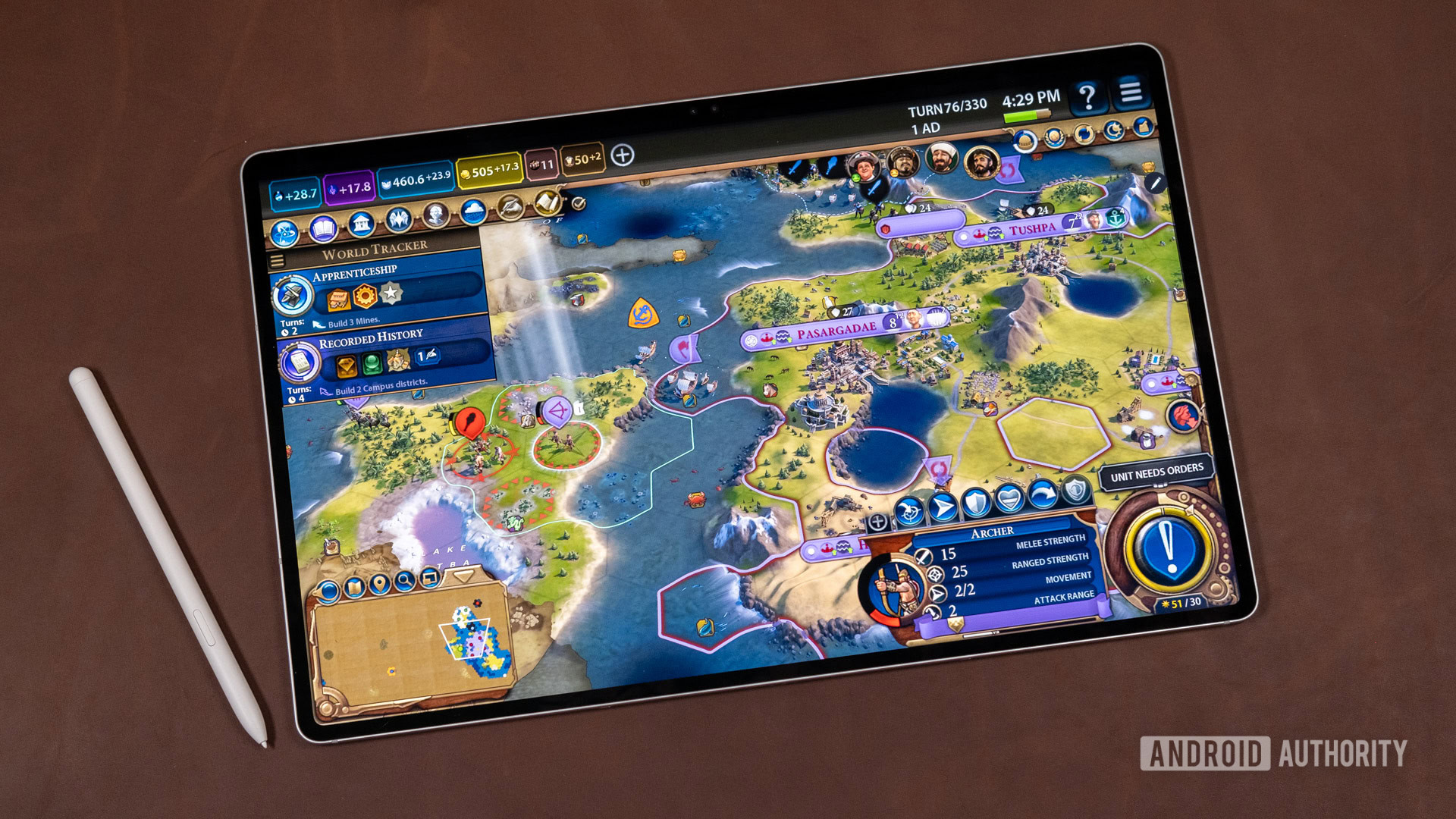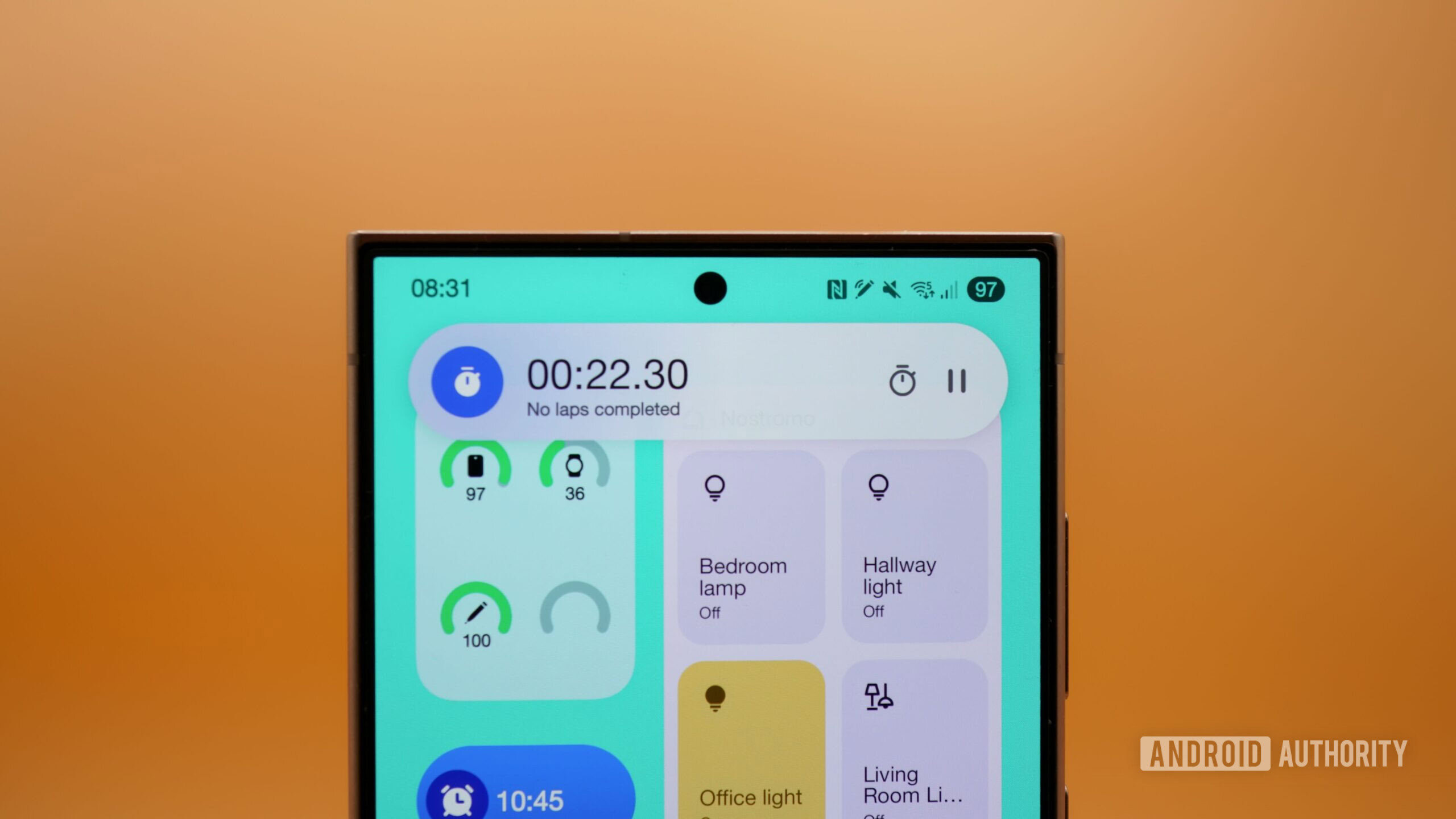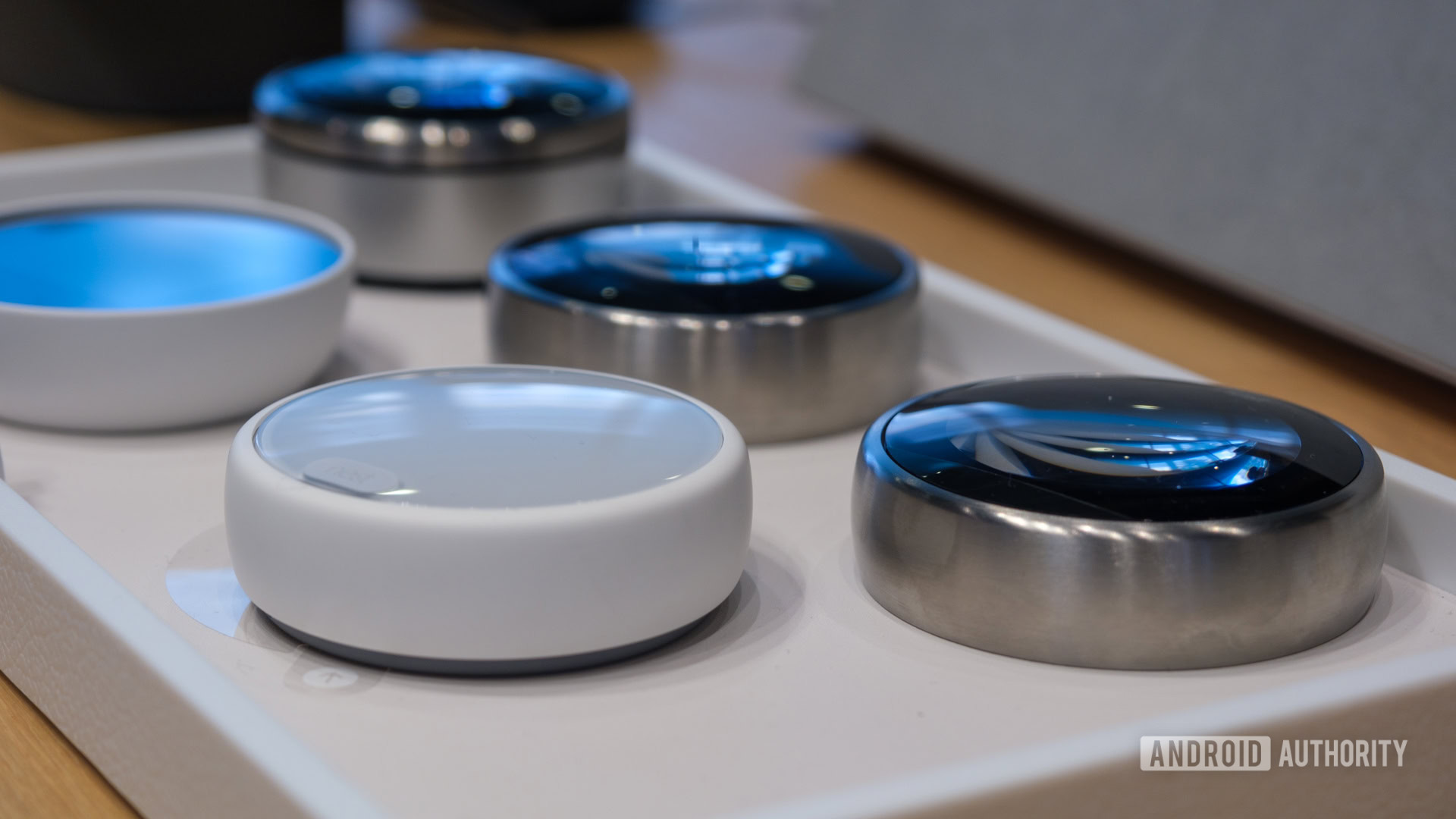Affiliate links on Android Authority may earn us a commission. Learn more.

News
Google is working on a big UI overhaul for Android: Here’s an early look
0

News
Google is preparing to roll out a controversial change in Gboard, but fortunately it’s optional
0
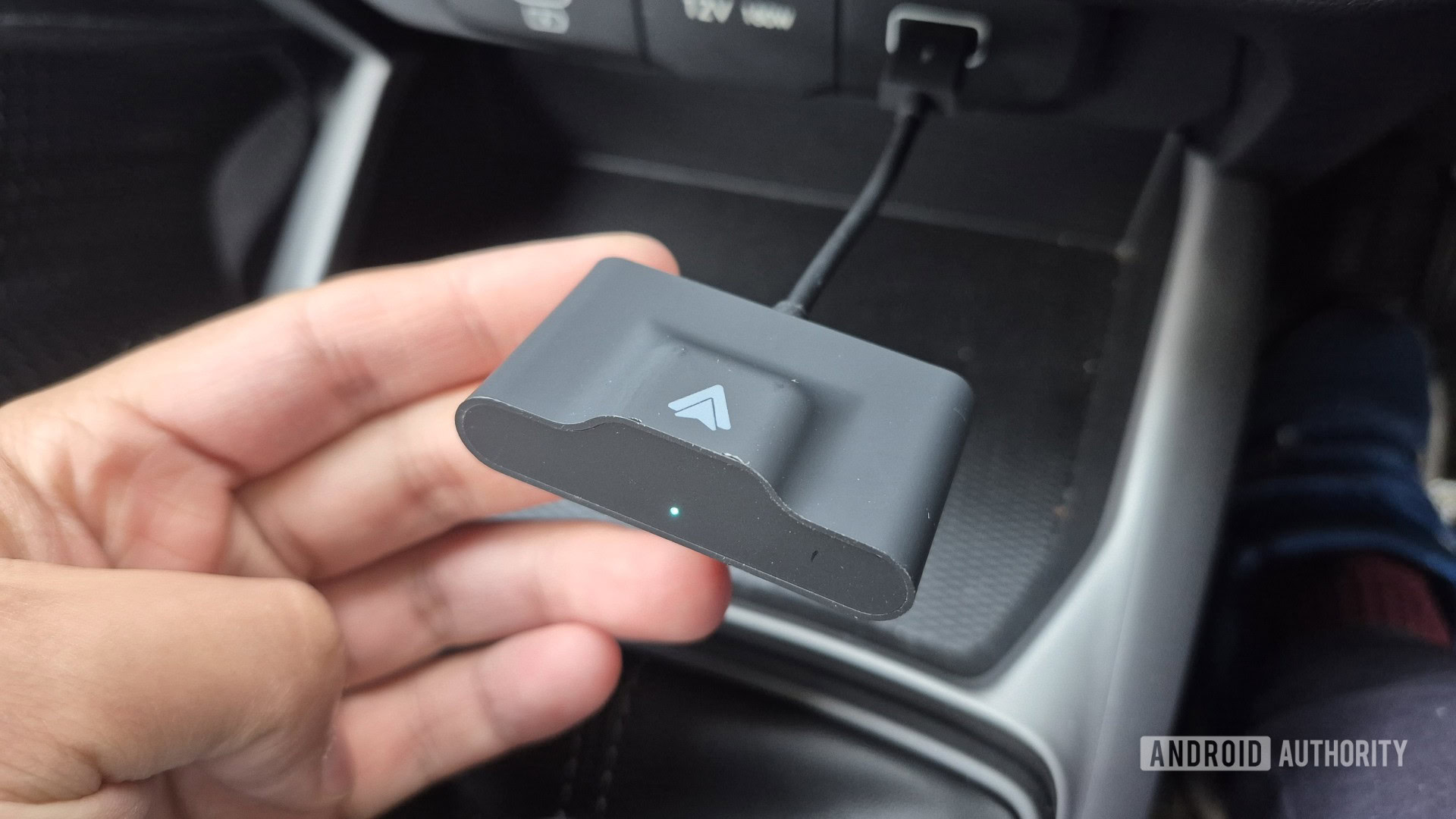
Features
This cheap Android Auto adapter was the best thing I ever bought for my car
0
Top stories
Latest poll
What do you think of Android's upcoming UI overhaul?
5208 votes
In case you missed it
More news

Andy WalkerApril 30, 2025
0
The best new Android apps and games for May 2025
These are my 10 favorite Android games to play with a controller
Nick FernandezApril 30, 2025
0
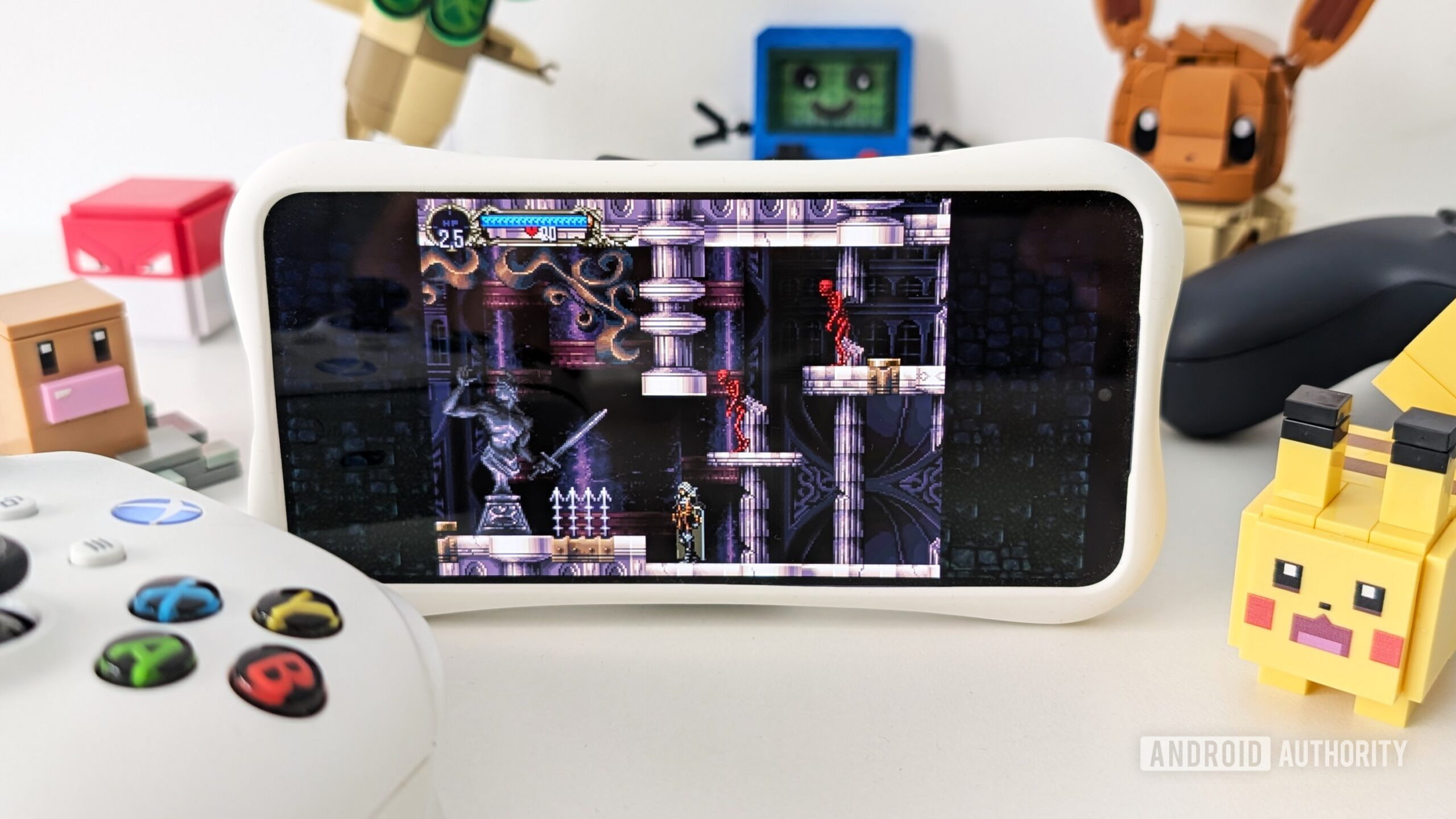
How does Mint Mobile international roaming work, and is it worth it?
Andrew GrushApril 21, 2025
0

US Mobile is a super carrier with access to all three networks, but how does that work?
Andrew GrushApril 21, 2025
0

Metro is owned by T-Mobile, but what's the real difference?
Andrew GrushApril 19, 2025
0
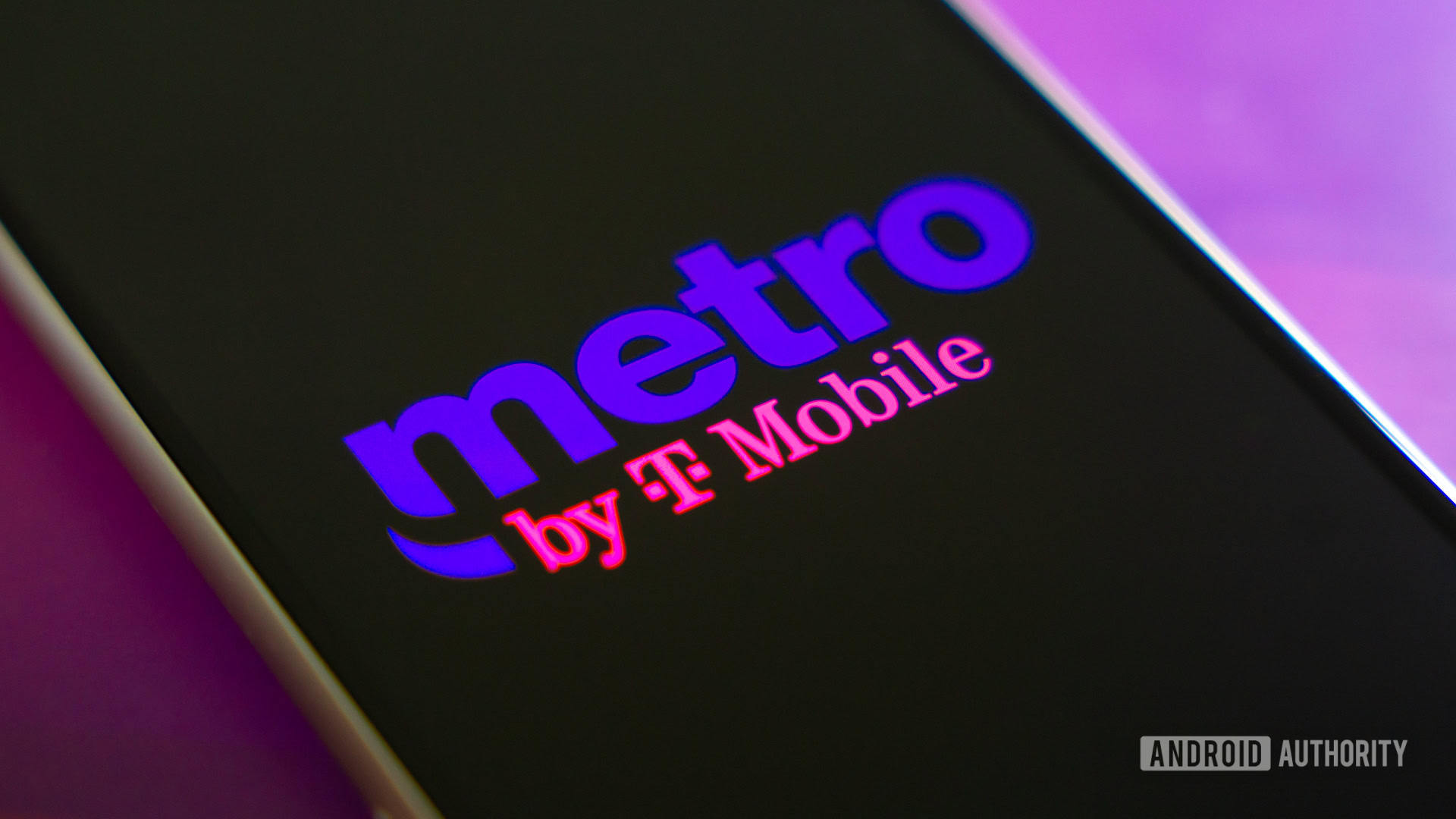
Separated notification and quick settings panel on One UI 7? Here's a tip you might have missed
Aamir Siddiqui6 hours ago
0
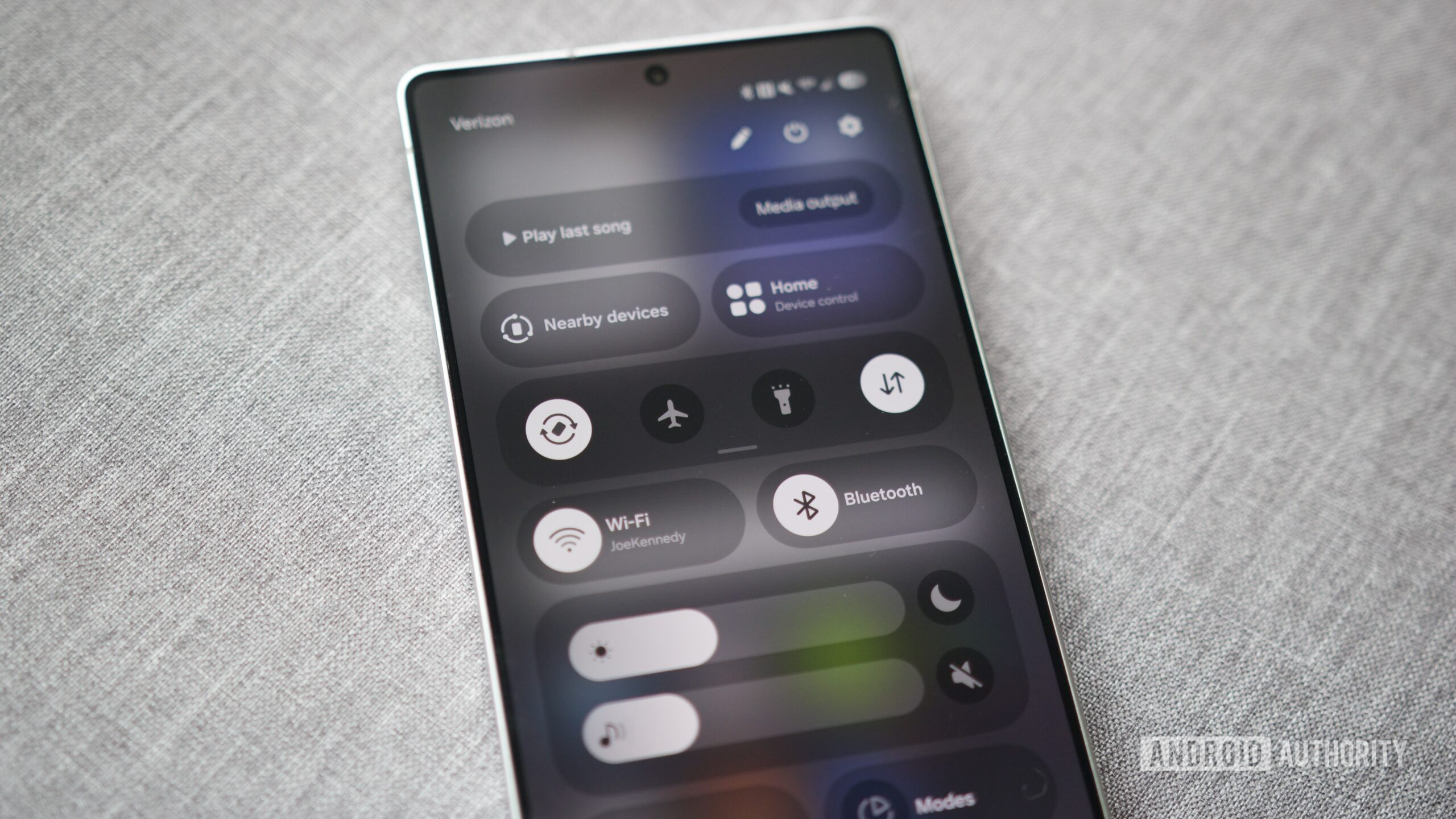
First look at Android's slick new animations for its big expressive redesign
Mishaal Rahman7 hours ago
0
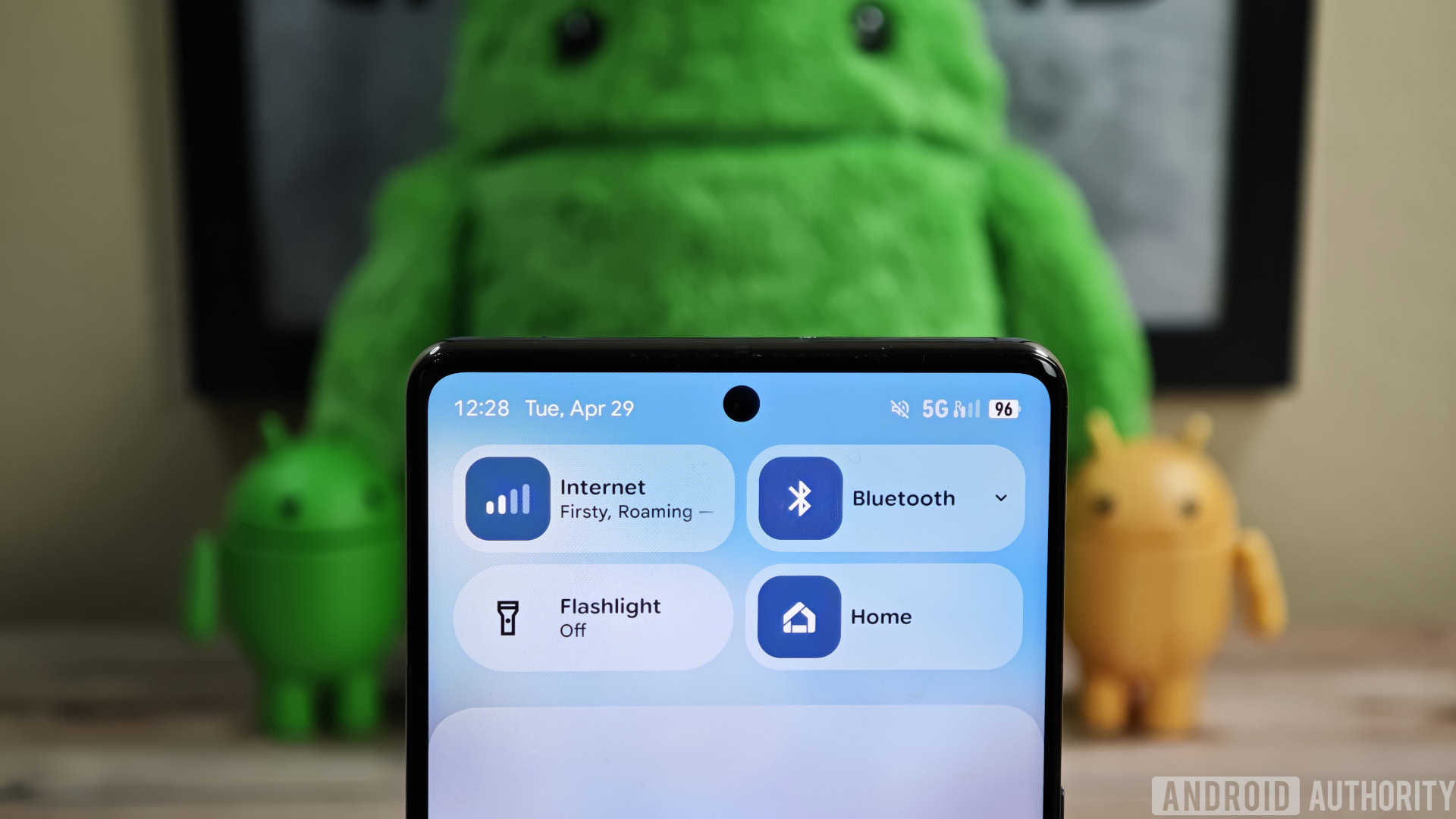
Android Auto's in-progress light theme is actually starting to look pretty good (APK teardown)
Ryan McNeal7 hours ago
0
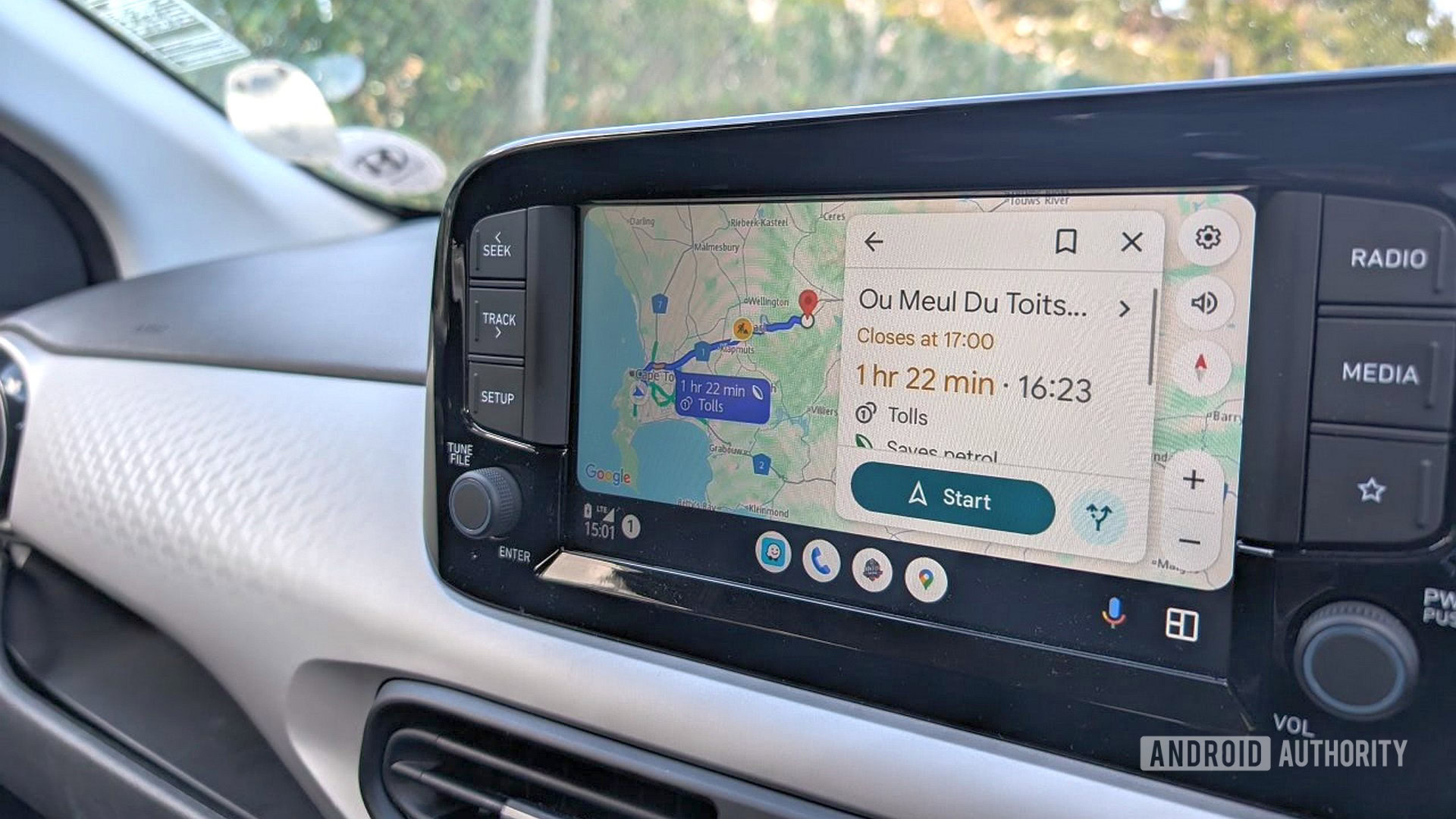
The Galaxy S25 Edge debuts in a couple weeks, but we already know what to expect
Christine Romero-Chan8 hours ago
0

Gemini Ultra may be on the way as part of a new Google One AI plan
Pranob Mehrotra9 hours ago
0
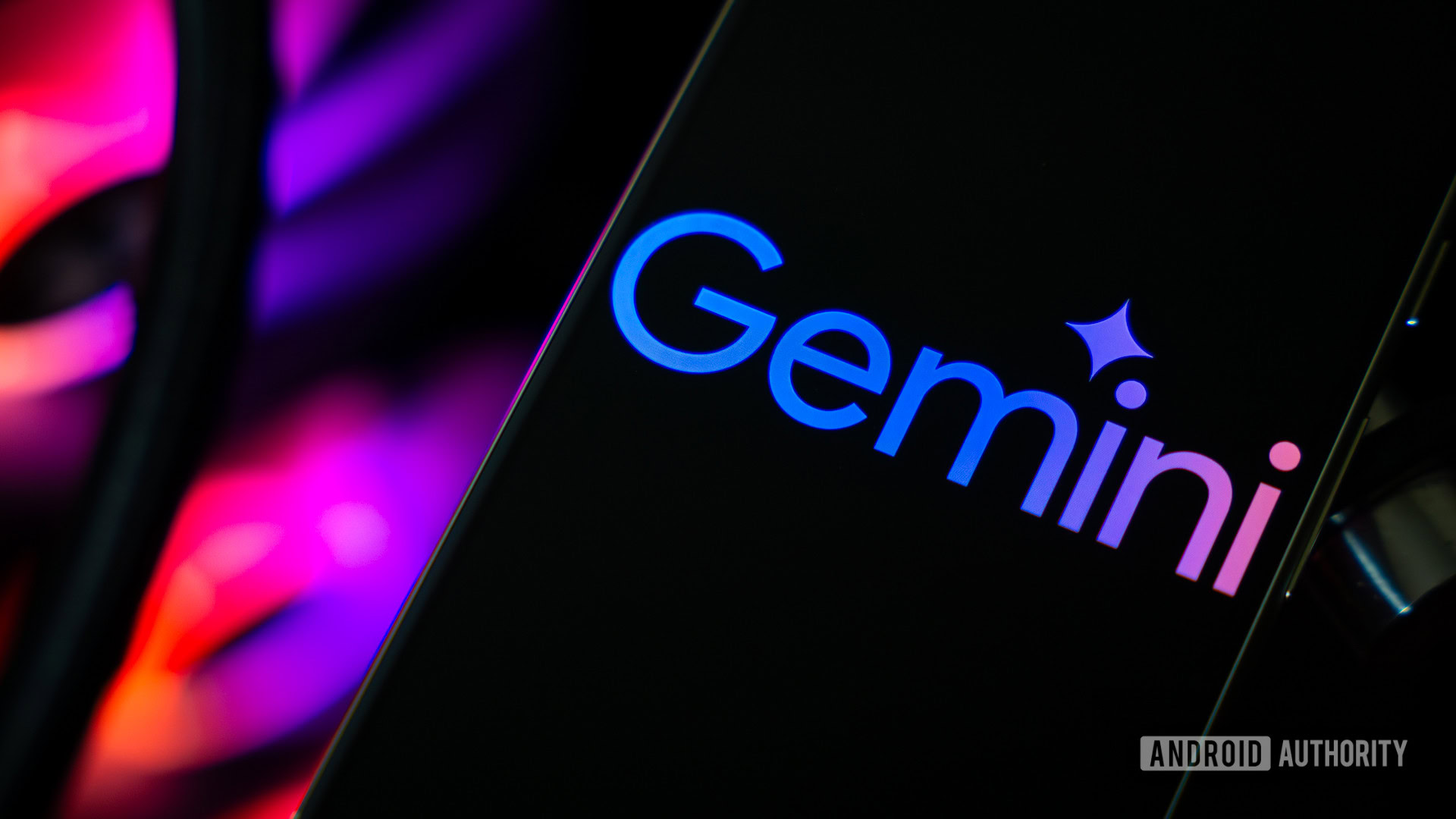
The best 3DS emulator now has a Turbo mode to make grinding less painful
Aamir Siddiqui11 hours ago
0

YouTube's floating mini player on Android is getting some much-needed design changes
Pranob Mehrotra13 hours ago
0

Apple dealt an Epic blow over 'Apple Tax,' paving the way for Fortnite to return on iOS
Aamir Siddiqui13 hours ago
0
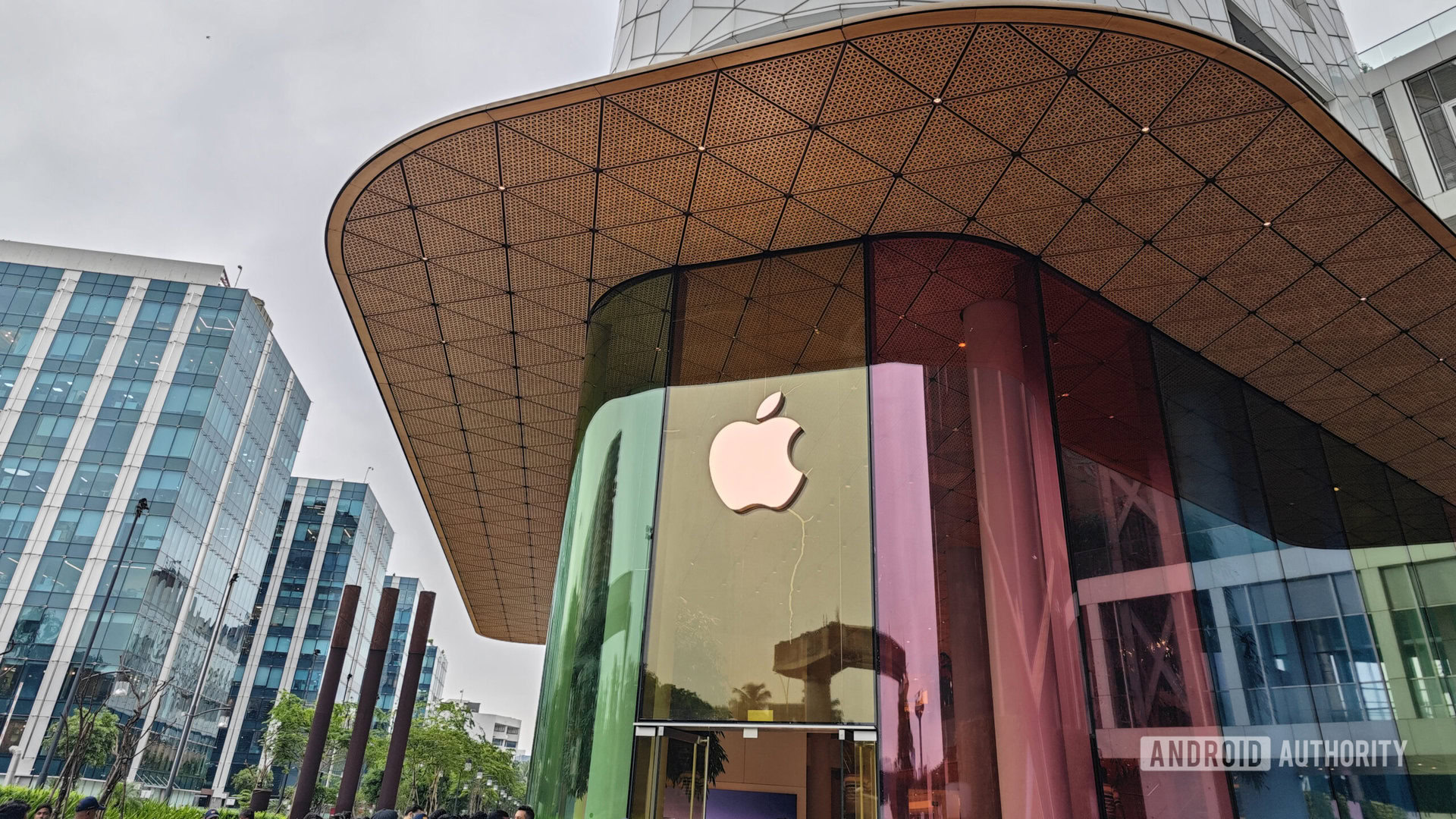
Mark your calendars: Galaxy S25 Edge launch date surfaces again
Aamir Siddiqui15 hours ago
0
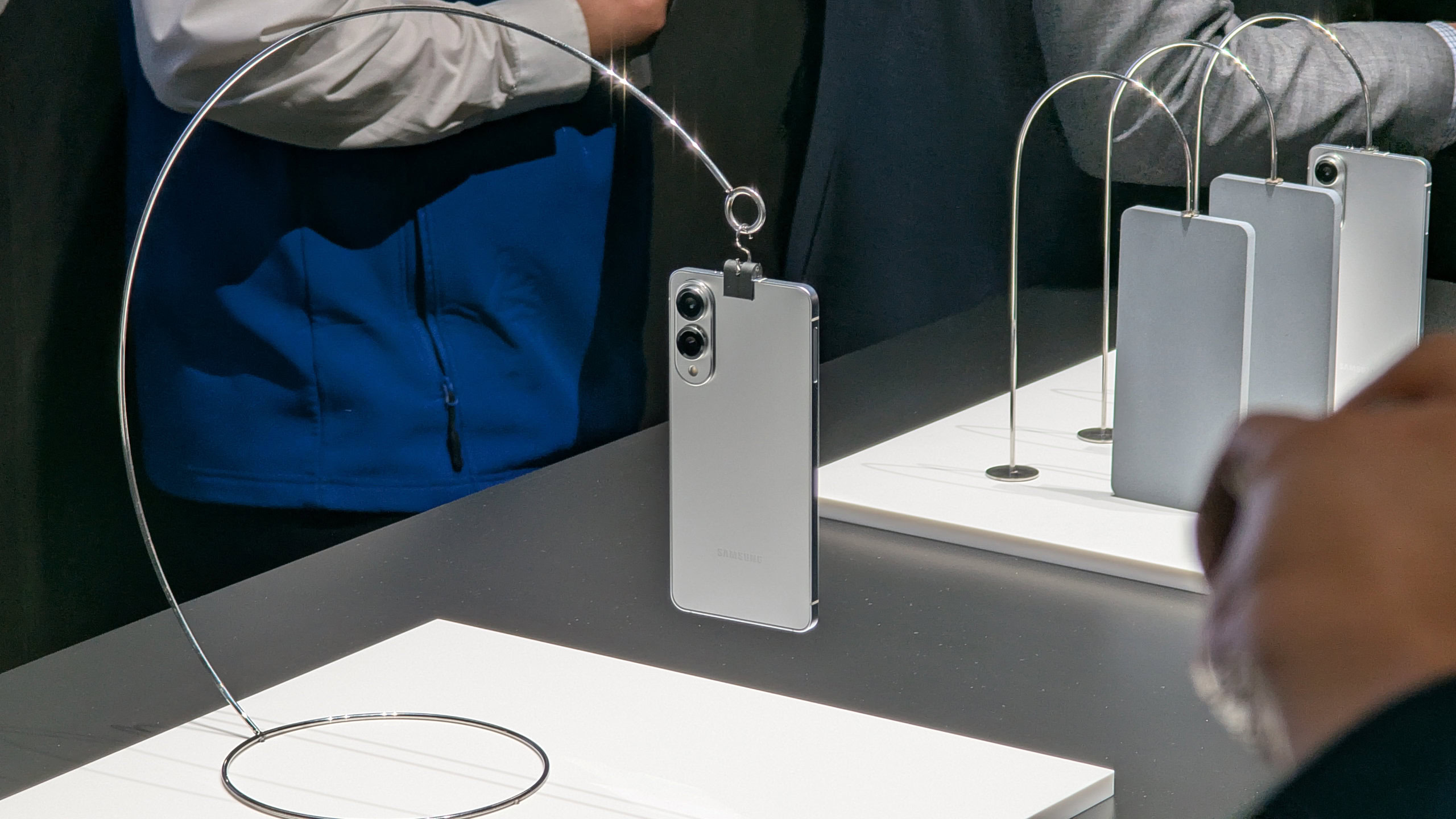
Samsung just dropped the first real clues about the Galaxy Tab S11
Matt HorneApril 30, 2025
0
